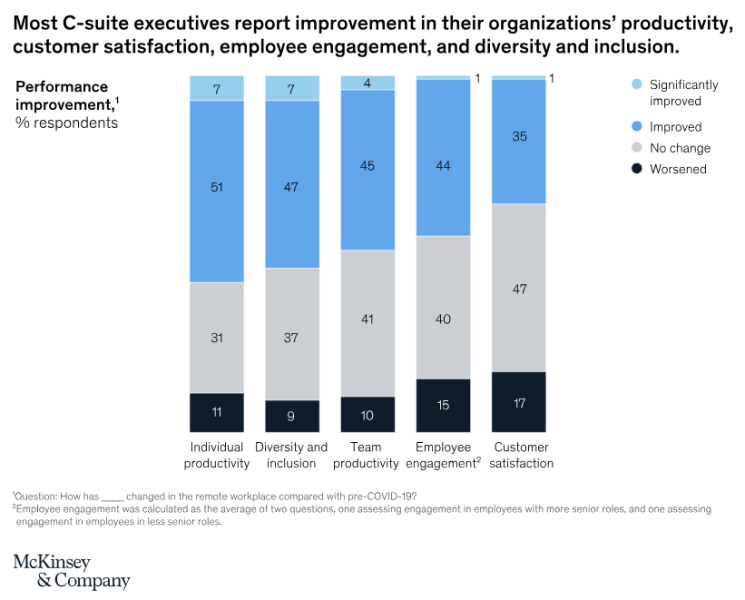In the dynamic landscape of contemporary business, keeping track of the latest employee engagement trends is a critical factor that can make or break the success of an organization. Understanding and fostering a people-first culture and employee engagement is not just a fad; it’s a strategic imperative.
Navigating the vast sea of information on employee engagement trends can be overwhelming, with insights dispersed across various reports and platforms. Here at Business2Community, we’ve curated a list of top employee engagement trends for 2025 to offer you valuable insights and enable you to stay informed and take proactive measures to keep your staff on-side.
Key Employee Engagement Trends
- In 2022, global workforce engagement increased to 23%, up from 22% in 2019.
- Employees who are disengaged are 3.3 times more likely to leave their jobs.
- 30% of workers have left a job due to a lack of flexible work options.
- 39% of employees use robotic process automation (RPA) to save time for more engaging tasks.
- 42% of employees with access to health benefits promoting work-life balance are more likely to stay with their current organization.
What are 2025’s Employee Engagement Trends?
Employee engagement has become increasingly critical in 2025, as it influences key business metrics including employee productivity, return on investment (ROI), and staff turnover.
According to a 2023 report by Gallup, actively disengaged employees result in a staggering $8.8 trillion in lost productivity globally. This figure is equivalent to 9% of the world’s gross domestic product (GDP), highlighting the severe impact of employee disengagement on businesses and economies.
The same report stated that 59% of employees fell into the category of “quiet quitting”, which refers to being psychologically disengaged from work. Employees may be physically present or logged into their computers but lack direction and understanding of its significance. Moreover, they might feel that company culture is lacking, along with supportive connections with coworkers and supervisors.
In 2022, 23% of the global workforce was made up of engaged employees, marking a 2% increase from 2021 and surpassing the previous high of 22% in 2019, reported the Gallup survey. The rise of virtual communication tools and flexible work arrangements means an engaged workforce is now able to achieve better work-life balance, leading to a boost in job satisfaction and productivity.
High employee engagement correlates with significant benefits, including 10% higher customer loyalty, 23% higher profitability, and 18% higher productivity, noted a 2020 Gallup meta-analysis of reports. Engaged employees positively impact company culture and relationships within an organization, including employee-leader, employee-employee, and employee-customer relationships.
According to a 2020 Quantum Workplace report, disengaged employees are 3.3 times more likely to leave their jobs after 90 days. This turnover rate can be detrimental to a company’s success, as it not only leads to financial losses but also impacts employee morale and overall productivity.
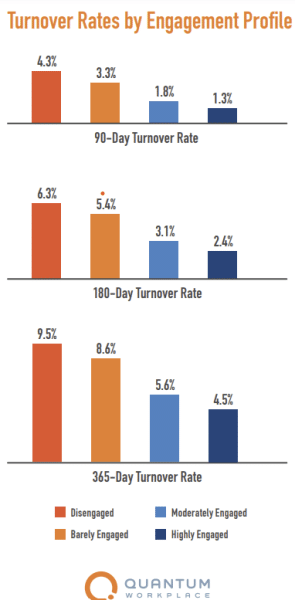
When employees anticipate recognition for their contributions, they are 2.7 times more likely to be engage.
With such a valuable contribution to a business’ bottom line, you need to know these employee engagement trends to keep your team pulling in the right direction and consistently delivering high employee performance.
1. Have Comprehensive and Innovative Employee Benefits
In 2025, more companies are looking at employee benefits to boost employee retention and engagement. Providing attractive benefits to support employees plays a role in influencing the choices of employees to stay or join your organization.
In a 2021 Workhuman survey, 66% of employees said they would defer their decision to stay or leave their current job until they had assessed the new benefits package offered by their company. Despite only 42% being “very satisfied” with their current benefits, 71% stayed in their jobs because of these benefits and 68% of employees reported spending over $200 on these benefits monthly.
Health insurance is the second most important factor when it comes to employers, after salary noted the same survey. 63% of employees reported that they would leave their current company if presented with a job offering superior benefits, even if the salary remained the same or was lower.
The significance of mental health benefits for employees has increased, with 73% now acknowledging their importance since the advent of the pandemic. 58% of employees reported changes in their mental wel-being during the pandemic, while 63% reported changes or a decrease in family coverage during the pandemic.
In 2022, flexible work schedules emerged as the most prevalent perk provided by HR professionals in the United States, cited by nearly half of survey respondents, reported Statista. Following closely, remote work options ranked second on the list, chosen by 43% of participants.
Other recorded perks were:
- Employee discounts (37%)
- Paid parental leave (36%)
- Stipends for a home office (33%)
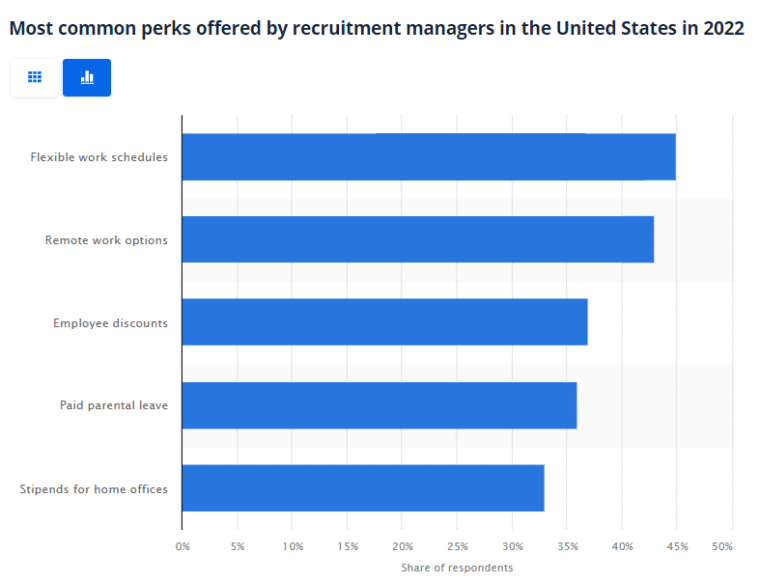
Besides employee health insurance, progressive businesses are moving beyond the traditional benefits packages and incorporating creative perks such as paid sabbaticals, pet-friendly workplaces, and student loan repayment assistance.
For example, Amazon offers a “Career Choice” program that pre-pays 95% of tuition for employees to take up in-demand fields, even outside their current job at Amazon. This unique benefit not only aids employees in their personal growth but also caters to their future career plans.
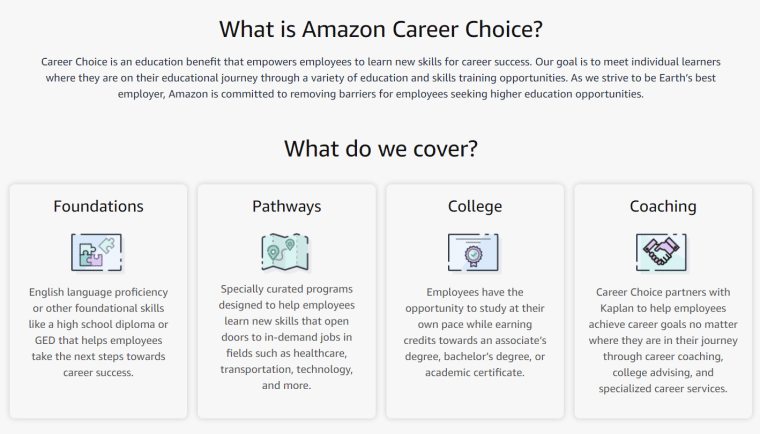
Known for its employee-friendly policies, Google offers a unique perk called ‘Death Benefits’. In the event of an employee’s death, their surviving spouse or domestic partner continues to receive 50% of the deceased employee’s salary for the next ten years.
2. Remote Work and Returning to the Office are Points of Contention
The global pandemic has reshaped the workplace, with remote work becoming the norm in the business world.
A Gartner survey in 2020 revealed that 82% of company leaders intended to permit employees to work remotely at least part-time.
As businesses navigate the transition to a post-pandemic world, the balance between remote work and office-based work has been a prominent point of discussion. Companies need to implement flexible work policies that cater to employee preferences and needs, while ensuring productivity and engagement are maintained.
According to research by the Society for Human Resource Management (SHRM), 42% of organizations that saw higher or much higher turnover in early 2021 have implemented new or additional remote work or flexibility options to reduce turnover.
This approach has proved beneficial for both employer and employees, as it provides a better work-life balance, reduces stress levels, and increases employee recognition and employee satisfaction.
58% of executives, as revealed in a McKinsey survey, observed an increase in individual productivity due to remote work.
What’s more, 49% of executives noted a parallel increase in team productivity due to the implementation of remote work prompted by the pandemic. Despite ongoing debates within some organizations about the expansion of remote working and hybrid work, these findings underscore the positive impact experienced by a significant portion of the executive respondents.
3. Technology is Enabling Engagement
Another continuing employee engagement trend is the use of technology in improving employee engagement. Tools like Slack and Microsoft Teams foster collaboration and maintain communication, which has been particularly beneficial during remote work.
In a 2020 survey for Slack users, the findings revealed a 32% average reduction in email usage among respondents. As a digital HQ, Slack provides the following benefis for employers and employees:
- enables transparent communication about company workings
- provides venues for addressing employee questions
- facilitates triaging challenging topics and proactive issue resolution
- allows leaders to model behavior and showcase organizational values
Slack also reduces meetings by 23%, and helps teams bring products to the market 23% faster. These statistics underscore the pivotal role of Slack in not only streamlining communication but also positively influencing key aspects of the employee experience, engagement, organizational culture, and productivity within the workplace.
Other technologies, such as AI, have 75% of workers worried that such technology will decrease the number of jobs available over the next ten years. On top of this, 79% do not trust that companies will use AI responsibly.
However, younger individuals exhibit higher optimism, with a greater belief in the future of AI compared to their peers. Businesses must undertake efforts to solidify their commitment to utilizing AI as a positive force in both internal operations and customer interactions.
In a 2022 McKinsey survey on the use of AI in the workplace, 39% of employees reported that they were using robotic process automation (RPA) to automate routine and repetitive tasks. This strategic implementation frees up valuable time for employees, enabling them to focus on more meaningful and impactful activities and to increase productivity.
A study by Oracle found that 64% of people trust a robot more than their manager. AI has the potential to revolutionize employee engagement, with AI-driven tools able to provide personalized feedback, facilitate effective communication, and optimize task allocation so employees spend time on the right tasks.
Platforms like UltiPro use AI to analyze employee behavior and provide feedback, helping managers to better understand and engage employees. While the human touch remains crucial, AI can complement human managers to create a more responsive and engaging work environment.
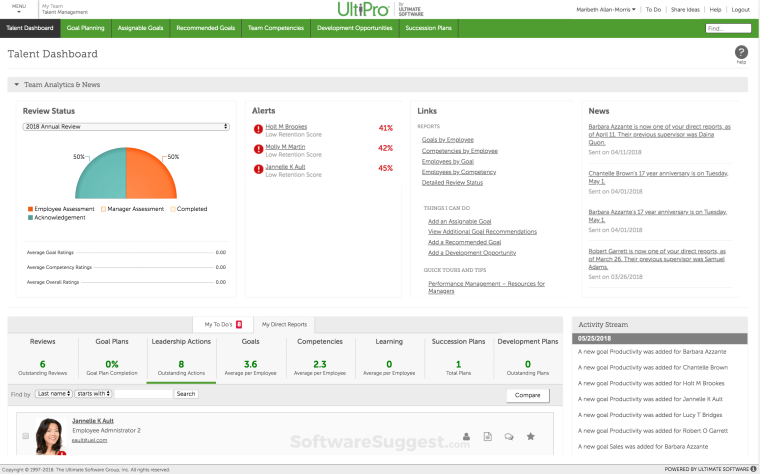
4. A Continued Focus on Employee Wellness
The importance of employee wellness has come to the forefront in 2025. With nearly 5 million job openings in the US, companies are increasingly recognizing that employee well-being makes employees feel valued and helps the business retain talent.
According to the APA’s 2021 Work and Well-being Survey, 79% of employees had encountered work-related stress in the last month. Almost three in five employees detailed adverse effects of work-related stress, including diminished interest, motivation, or energy (26%), and decreased effort at work (19%). Additionally:
- 44% reported physical fatigue
- 36% of employees reported cognitive weariness
- 32% reported emotional exhaustion
In 2023, 44% of employees felt stress at work throughout the day. Employee stress increased in 2020 due to the pandemic but had already been on the rise for the previous few years.
While various factors contribute to stress, Gallup’s research emphasized the significant impact that managers have on the stress experienced by workers, influencing their overall day-to-day work stress levels.
The American Institute of Stress states that job stress costs US businesses over $300 billion annually. More than ever before, businesses are recognizing employee wellness as a top priority.
Employee wellness initiatives such as wellness programs, personal days, and access to counseling services to support mental well-being can have a profound impact on employee productivity, morale, and overall well-being.
MarshMcLennan’s 2021 Health on Demand report found that 42% of employees with access to mental health benefits said they’re less likely to leave their current organization than if they didn’t have those resources.
Organizations are now investing in wellness programs, such as learning and development programs which can include virtual yoga classes, personal days, and access to online therapy platforms. These initiatives not only foster a culture of care and empathy but also contribute to employees and managers better managing performance.
In 2020, Starbucks launched wellness initiatives with the aim of providing comprehensive mental health support to all their staff. In collaboration with Mental Health First Aid, the company is providing training to store managers, further extending access to health resources through their Employee Assistance Program.
Another sterling example of a company prioritizing wellbeing is the tech giant, Microsoft. In response to the increasing stress and health challenges posed by the COVID-19 pandemic, Microsoft launched the ‘Headspace Mini’ for its employees. This initiative, embedded in Microsoft Teams, offers mindfulness exercises and meditations to help employees de-stress and focus during the workday.
How to Find Employee Engagement Trends
Finding new employee engagement trends can help your business stay on top of best practices and ensure your workforce remains productive, satisfied, and with a good work-life balance. Here are some of the best sources where you can find the latest employee engagement trends for 2025:
HR and Employment Influencers
Following key influencers or a prominent HR professional can provide valuable insight into an employee engagement trend you have hear or read about. Influencers such as Laszlo Bock, former SVP of People Operations at Google and founder of Humu; and Josh Bersin, a well-known industry analyst, educator, and thought leader on employee success, regularly share their insights and predictions on social media, blogs, and public talks.
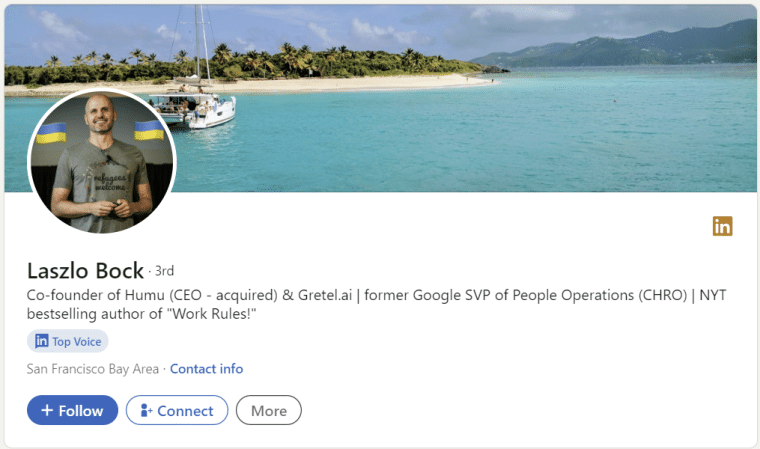
Podcasts
Podcasts offer another great way to stay updated with the latest trends in employee engagement. “WorkLife with Adam Grant,” a TED original podcast, explores extraordinary workplaces and discusses how to make work not suck.
“The HR Happy Hour”, hosted by Steve Boese and Trish McFarlane, is one of the longest-running and most downloaded HR podcasts that covers human resources, management, leadership, career growth, and workforce technology.
Newsletters
Newsletters also offer a wealth of information on employee engagement trends. HR Dive, for example, provides the latest news, trends, career insights, and event updates from the HR industry straight to your inbox. HR Morning is another excellent source that offers practical advice on management, benefits, and recruitment trends to retain top talent.
The Future of Employee Engagement
As we gaze into the horizon, the future of employee engagement holds promise and potential. The need for personalization in engagement strategies will continue to take center stage to ensure employee success.
Workers, especially the Millennial and Gen Z workforce, crave a personal touch in their employee experience. Companies that can tailor their employee engagement initiatives to meet the unique needs of their diverse workforce will witness higher levels of satisfaction and commitment. Seeking employee feedback through employee surveys can help HR pros nail this.
The second employee engagement trend to watch out for is the rise of autonomous teams. As remote working becomes increasingly commonplace, organizations must allow their teams a measure of independence.
Finally, the role of data analytics and performance management tools in shaping the employee experience cannot be overstated. Organizations will continue to leverage big data and AI to gather insights into employee behavior and preferences, thus enabling the creation of more informed, evidence-based employee engagement strategies, too.

